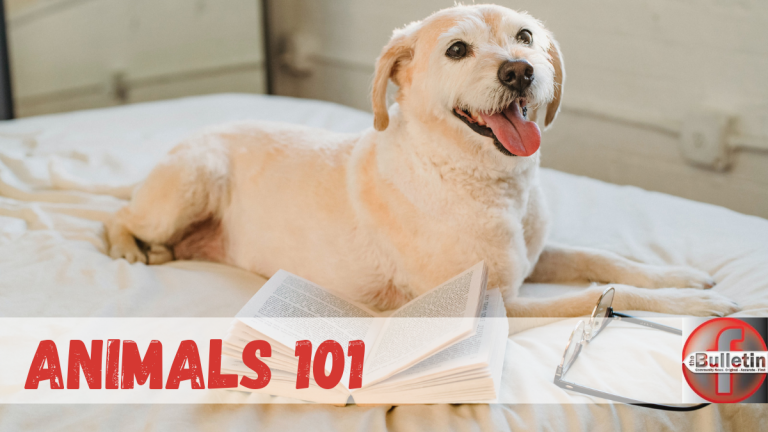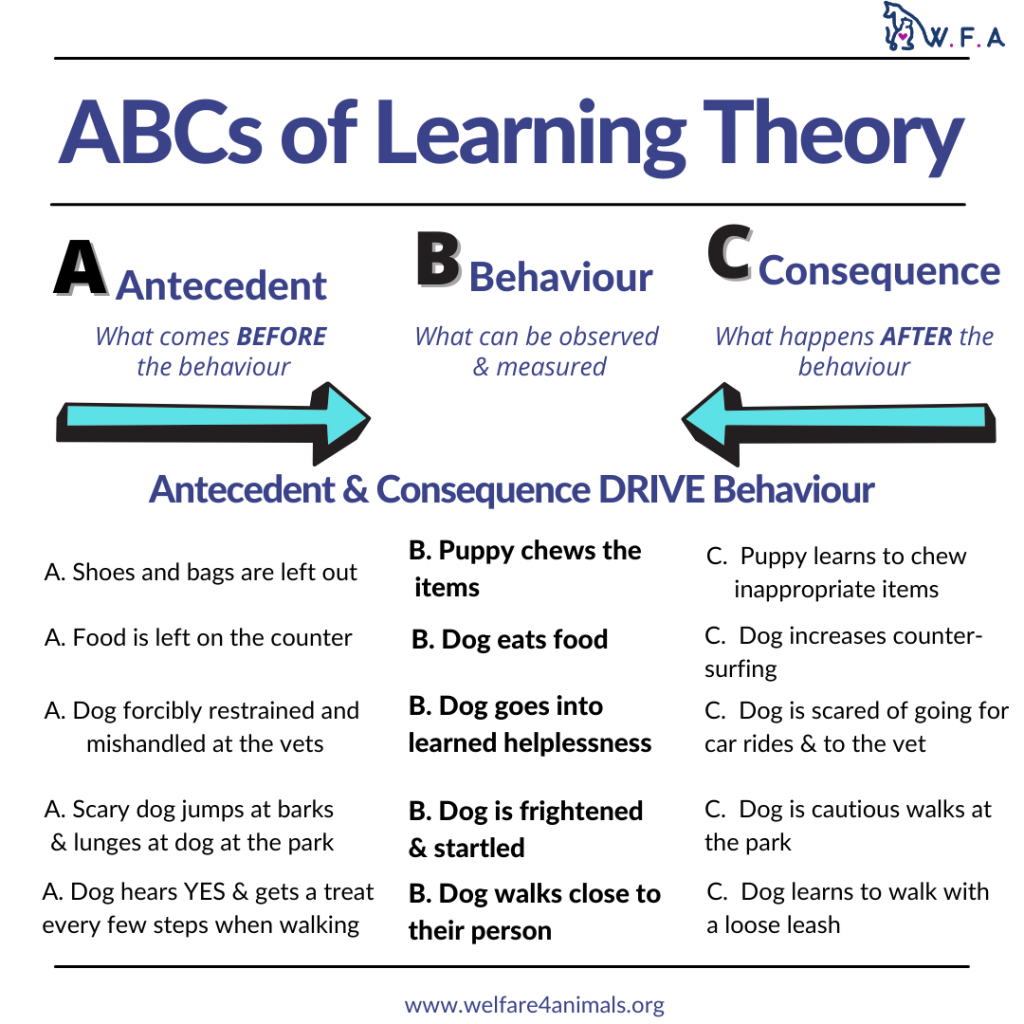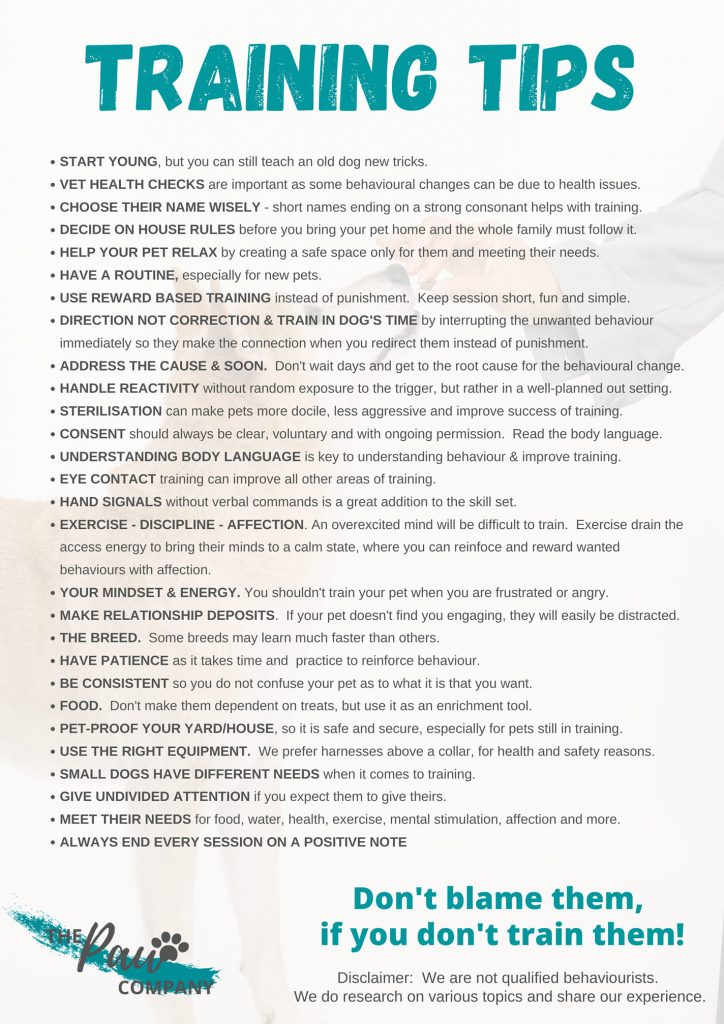
UNDERSTANDING YOUR PETS AND TRAINING THEM IS AN IMPORTANT ASPECT OF HAVING ANIMALS AND IMPROVING YOUR RELATIONSHIP WITH THEM.
Most of us think our animals are perfect, but they do have their moments. Everyone does and it is ok! Pets don’t come trained, so let’s look at why training your animals is important and what are important things to teach them. Sometimes addressing behavioural concerns is as simple as a few minutes a day or adding an extra food bowl for a cat or providing a sand pit for a dog.
If your animals are not trained, their behaviour may lead to a lot of frustrations for you, which in return causes more confusion and stress for your pet and worsens the cycle. Many people surrender animals to shelters because of ” behavioural issues” when actually those issues are quite normal under circumstances and could easily be addressed if their owner cared enough to put in some time for training and meeting their needs.
Another important reason to train them or to address any behavioural issues is to keep them safe! If your dog storms out of the gate every time it opens, it can cause serious harm to them or another human or animal.
I am not a qualified trainer or behaviourist, however I am a perpetual student and love learning about the field of behaviour and psychology and obviously, animals too. I share here what I have learned through the years and what has worked for me. This info does not address how to train a specific skill but rather forms a general guide to help you in the right direction or highlight some important aspects.
If you need help with training your pet, it is important to contact either a qualified trainer or qualified behaviourist, depending on what your animals need. Always remember to use reward-based training or positive reinforcement and not fear-based training or punishment. Most trainers teach obedience, basic behaviour modifications, and specific skills whereas behaviourists address advanced behaviour issues like fear, aggression, severe anxiety, compulsive disorders, and other challenges. If a professional starts to badmouth other trainers right off the bat, I would also walk away. Check out the green flags for choosing a trainer below.

Our philosophy on training is that if the training does not allow for the five freedoms of animal welfare, we will not go with that particular method. This includes their freedom from hunger & thirst; pain, injury & disease; discomfort; fear & distress; and freedom to express natural behaviour. Whenever you feel uncomfortable with what is happening in the training session or your pet does, you have to speak up for the both of you! Even if it doesn’t seem to cause physical harm, never forget about the emotional effect punishment or your actions can have on your pet. Training and teaching tricks can be an awesome form of enrichment and improve your bond with your pet. When it comes to training, I am more impressed about how well you can read your pet than them following your commands.
When there are behavioural issues, it is always a good idea to go for a vet check to exclude any health problems that might cause this behaviour e.g., excessive chewing or peeing in the house etc. Keep them healthy with regular wellness checks, up-to-date vaccination(without over-vaccinating), regular deworming, tick and flea treatment, a healthy and species appropriate diet, enough exercise and enrichment etc.
Welfare for Animals shares a few helpful questions when there is a training or behavioural issue:
WHO – is it environmental? Is it you and your behaviour? Is it a family member or another dog? Or the cat? Are you pushing your dog too much too fast?
WHAT – what is the behaviour- let’s think about the ABCs- antecedent (what comes before the behaviour)- behaviour- consequence.
WHERE – is it certain environments? Would change the environment help?
WHY – Is your dog fluent in the cues you’ve taught? Are they stressed, fearful or anxious? Are their needs being met? Have you set them up for success?

Read also how you can help animals.
WHAT TO TEACH THEM?
The obvious commands that are helpful include sit, come, down, stay and leave it.
SAFETY – Water safety is non-negotiable for us, but also safety around cars and not leaving the yard when the gate is open. It is important that your pet does not fear water, especially when you have a pool, but also for bathing purposes. You have to pet-proof your pool or fish ponds, but also teach them how to get out if they do fall in. Remember not all breeds are good swimmers!
RECALL – A good recall is one of the most important skills for all dogs to have, if not the most important. Successfully getting your dog to come back to you not only prevents potentially dangerous situations but also allows for greater freedom in off-leash areas. Never punish your dog if you have called them to you. This will only teach them that it’s a bad idea to come to you.
ON-LEASH & OFF-LEASH – You can start by teaching them to walk well on a leash and walking it is a great way to bond with them or help them bond with another dog. You do however need to teach them to be off-leash too and still respond to your commands, so work on recall!
JUMPING – Discourage jumping from the start. I don’t step back when they jump, but rather towards them. If you give lots of attention when they jump, this will encourage the behaviour.
BITING – Say no to biting and nipping. Chewing on the other hand can be from boredom, dental issues or just a way to relieve stress.
HANDLING – Snuggle sessions are a great opportunity to get your new puppy or adult dog comfortable with having all the areas of their body handled because soon enough they’ll need to visit the veterinarian and perhaps the groomer. I recently saw a video of clear training of eye drop acceptance in a hyacinth macaw. The animals we care for and live with can work towards learning preventative care with positive reinforcement, to avoid restraint and coercion in treatment throughout their life. Wherever we can aim to teach and instil these caretaking behaviours with our animals, we should invest the time to make it happen.
SOCIALIZE – Socialization means exposing your pet to as many new people, animals, environments, and other safe stimuli as possible, without overwhelming them. This should preferably be done early in their life. Like humans, some might not like it as much, but they need to be able to socialize and not fear being around other animals, humans and stimuli.
HOUSE TRAINING – If they are lucky enough to be cared for and stay safe inside your home at night, this will be important. You need to watch their behaviour and take them out after they wake up or have eaten and add some praise when they go. You might have to re-train some older pets later again. When a mistake happens don’t scream or punish them and never, ever rub your dog’s nose in their mess. Look for and address submissive and “relief” urination as well.
CRATE TRAINING – We don’t support keeping your pet in a crate often and definitely not as punishment, but training for it can be helpful for you, as well as them if you need to crate them during an emergency, car or plane travel, or overnight stays with friends or family.

Your pride and ego should never trump what is best for your pet. You don’t have to follow it, but be open to people suggesting a different approach or a better way of doing it, which can benefit your pet. You can learn from many people.
Not all towns have access to training classes, but don’t let that stop you from learning online and trying it at home. Training does not have to be expensive, but know what you pay for. Your pets are your responsibility and you should invest in their training & health.
Next week we will share more tips on training & behaviour!
WHEN YOU KNOW BETTER, DO BETTER!